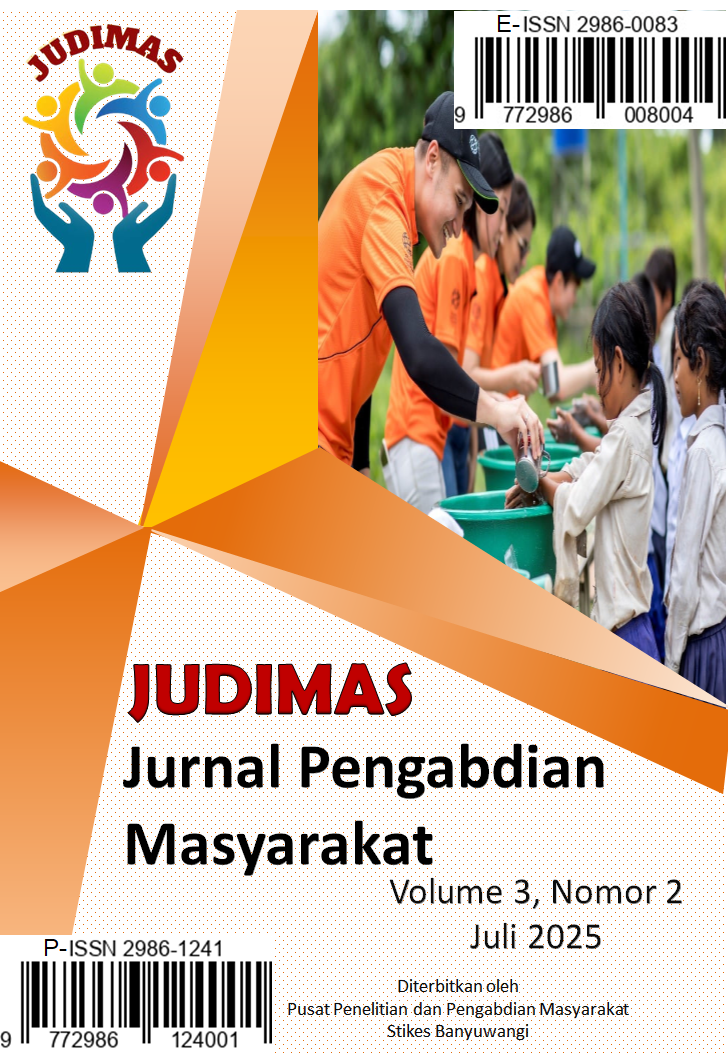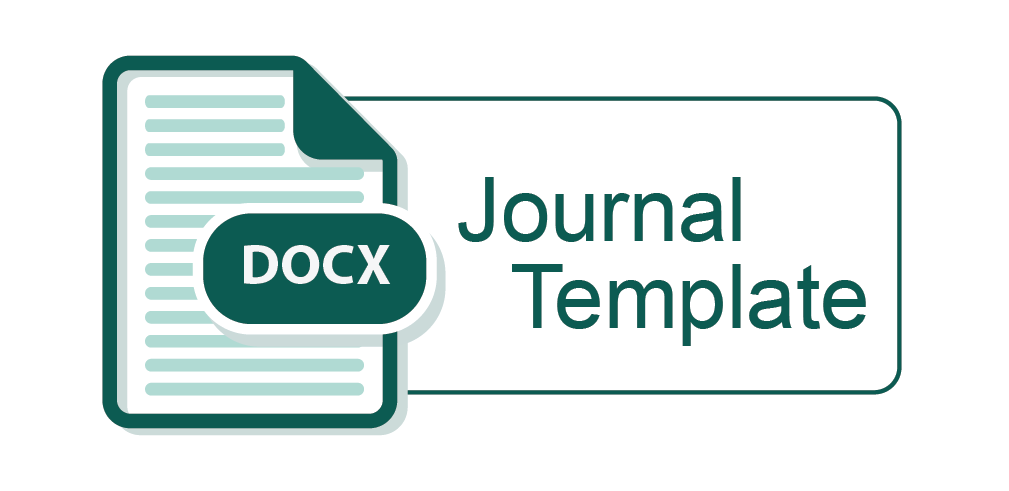Pemberdayaan Kader Posyandu dalam Upaya Peningkatan Derajat Kesehatan Lansia
DOI:
https://doi.org/10.54832/judimas.v3i2.543Keywords:
Posyandu Cadres: Productive Elderly; EmpowermentAbstract
Demographic phenomena faced by many countries in the world today, one of which is the increase in the proportion of the elderly population. The trend of the proportion of the elderly population to the total population that continues to increase from year to year also occurs in Indonesia. However, the problem of increasing the proportion of the elderly is not balanced with adequate quality assurance. Population projection data in Indonesia, in 2017 it is estimated that there were 23.66 million elderly people, in 2020 it is predicted to reach 27.08 million people, in 2025 (33.69 million), in 2030 (40.95 million) and in 2035 (48.19 million). The increasing number of elderly people in Indonesia will have positive and negative impacts in the future. The increase in the number of elderly population where there is a decrease in organ function that can trigger various degenerative diseases. If not handled properly, it will increase the country's financial burden which is not small, and will reduce the quality of life of the elderly, because it will increase the morbidity rate and can even cause death. South Galesong is one of the sub-districts in Takalar Regency. The output targets of each problem solution are: 1) increasing the knowledge of Posyandu cadres about elderly diseases and elderly health services, 2) increasing the skills of Posyandu cadres about how to regularly check the health of the elderly, 3) increasing the skills of Posyandu cadres about elderly gymnastics.
Downloads
Published
How to Cite
Issue
Section
License
Copyright (c) 2025 Asni Hasanuddin, La Ode Asrianto, Amrun, Teti Susliyanti Hasiu

This work is licensed under a Creative Commons Attribution-ShareAlike 4.0 International License.









